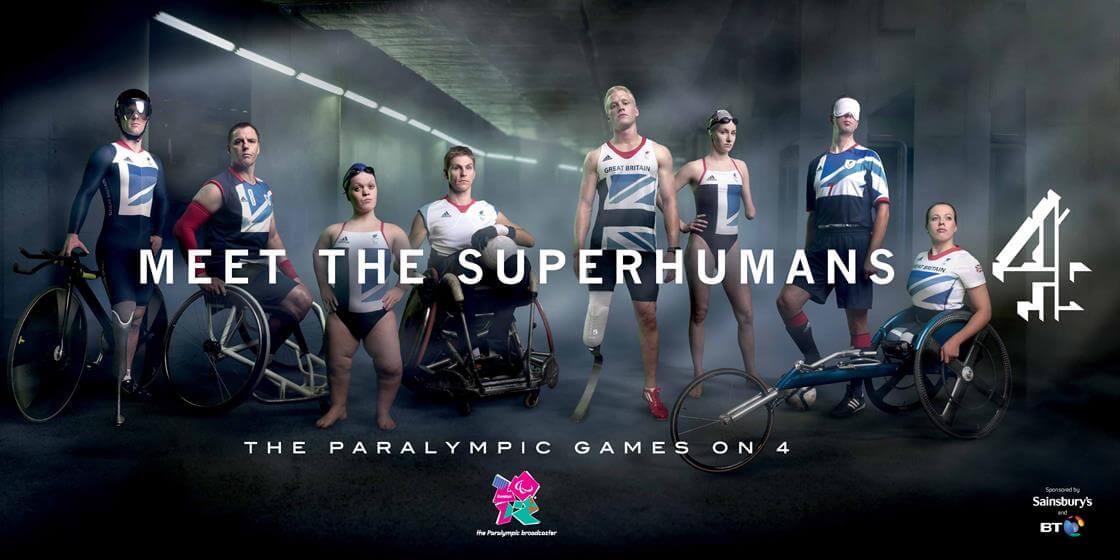Diversity is all around us. Literally.
It’s common to talk about minorities when looking at diversity and inclusion – but there are more people who fall into at least one category of ‘diversity’ than don’t. The framing of these groups as minorities is more about their access to power and resources rather than the size of that group.
At the recent Leaders in Change event hosted by Futureheads, we were invited to explore why diversity matters, and how inclusivity can play a crucial role in enabling business leaders to innovate and drive big changes.
We opened our presentation by outlining the current state of play, categorising organisations as being on a diversity journey, sitting somewhere on a scale between 1-3.
- At the start of their journey are organisations that predominantly focuses on diversity from an HR perspective – on compliance with the Equalities Act.
- Moving along the scale are organisations that recognise the value of diversity to the employer brand, engaging with it through PR and SCR (Corporate Social Responsibility), not only through HR. This can feel inauthentic or tokenistic at times.
- Finally, fewer and further between, are those organisations that have truly embedded D&I (Diversity and Inclusion) across the whole business at every level. It is these businesses that are really harnessing the opportunities that a diverse team can bring.
A straw poll of the audience suggested that most of them worked for organisations that sat somewhere between 1 and 2, with a few lucky 3s. It was interesting to hear both huge corporates and small consultancies in that last category – it does go to show that any type of organisation can do it - if they want to.
So why should businesses want to gear up for diversity and inclusion?
Your target market is changing
In the UK, ethnic minorities account for 12% of the total population. And this is growing – over the next 30 years, this is predicted to grow to 20%.
As our population ages, and we continue to give more visibility to mental health and issues like neuro-inclusion, we should expect to see an increase in the proportion of those with disabilities. And, as it becomes more normalised, we might also expect to see a small increase in those identifying publicly as LGBT+.
But growing numbers of diverse people aren’t the only factor.
The social contract with your users is changing
There are other areas where it’s very likely we won’t see much change to the size and proportion of the demographic – for example, there will always be a pretty balanced ratio of men and women.
What is changing in this case, is the social contract between brands and consumers. The #MeToo movement and publicity around the gender pay gap have galvanised a minority group to push for big changes.
Increasingly consumers are demanding products and services from organisations that reflect their needs, but also their values and priorities. Consumers are now asking questions around whose best interests’ brands are actually serving, which purposes they should be pursuing, and what shared value they are creating.
You’re driving change
Leaders in Change was started to provide a platform for business leaders to talk about the big changes they are driving. The ideas of innovation and transformation are embedded in the mindset of anyone leading change within a digital business. And minorities are an incredibly powerful asset in this ambition.
So, how exactly does diversity add value for organisations?
As we mentioned earlier, it’s useful to think of minorities as representing a person or group who doesn’t have access to power and resources.
Because of this, they are outsiders to the structures of the organisations and markets they exist in. This means they see different opportunities and are more motivated to challenge a status quo that doesn’t serve them well.
It is important I think to reiterate that diversity isn't about how a person looks, but how a person thinks. Hiring someone who may look a bit different from your existing team, but who has almost exactly the same values, education and experiences as your existing team have is likely only going to really change the photography on your careers page.
Dr Marie-Claude Gervais talked about some research she’d completed interviewing influential female leaders from minority backgrounds, and the connecting thread between their success was a cross-cultural competency, which enabled them to better understand and empathise with others, and bridge between different colleagues and consumers.
By way of an example, she described how the Apple fingerprint lock came to be created. It was invented for the iPhone by a blind, dyslexic man. His unique perspective on engaging with technology and using a keyboard led him to a completely innovative solution. While everyone else was creating increasingly complex password managers and browser autofill tools, he created something that anyone could use.
And this all helps the bottom line – below are findings from McKinsey’s recent report on the business case for diversity.
- Companies in the top 25% for racial and ethnic diversity are 35% more likely to have financial returns above their respective national industry medians
- Companies in the top 25% for gender diversity are 15% more likely to have financial returns above their respective national industry medians.
- In the UK, greater gender diversity on the senior executive team increases success: for every 10 percent increase in gender diversity, earnings before interests and taxes (EBIT) rose by 3.5 percent.
How can leaders build a genuinely diverse organisation?
This is a hugely complex issue, and there is no silver bullet (sorry) - but here are some takeaways from the discussion.
- Adjust your recruitment and management processes to better engage minority groups. For example, job adverts can really impact the kinds of people that apply to work for your organisation. One client of ours recently wrote a great article on making your recruitment process more inclusive.
- Listen to those minorities in your organisation – especially if they report any discrimination. Research shows that most ethnic minorities in the UK underestimate discrimination – so if they are brave enough to speak up, you should take this really seriously.
- Some of the key things that minority groups want to see in their organisations include a flat structure, a collaborative environment, access to distributed learning and flexible and responsive policies and processes. They also like to be held accountable for their work – and promoted based on the impact of their work. This to me is exactly how any innovative digital organisation should aspire to be described. Inclusion and innovation go hand in hand. It's as simple as that.
- There's so much research on this topic. Keep your ears and eyes open - and don't be afraid to talk about diversity, it's a conversation for everyone, especially for middle-class white men.
Lastly, it’s telling that while our events usually have an equal gender balance, this one had an 80% female audience. There's a clear business case for diversity, and I hope that by reframing the conversation around the universal markers of business performance and innovation, we can begin to see real change and get more organisations to that third stage of their diversity journey.






























.webp)
.webp)
.webp)
.webp)